Dangerous Goods are substances that pose an immediate threat to people, property and the environment. Because of the significant risks associated with dangerous goods, all storage facilities used for the storage of dangerous goods must be clearly marked with dangerous goods signs. Dangerous goods signs are a means of warning workers and visitors of the risks associated with the dangerous substances stored within the facility.
The importance of dangerous goods signs
Dangerous goods signs are an important part of an overall strategy for managing the risks associated with dangerous goods and hazardous chemicals stored in the workplace. The STOREMASTA methodology for managing the risks associated with dangerous goods has four facades. These are:
- Identify
- Assess
- Control
- Sustain
As you can see from this methodology, the first step that must be taken in the dangerous goods management process is to identify the potential risks associated with the dangerous goods in the workplace. If the dangerous goods storage facilities in your workplace didn't have the correct dangerous goods signage, it would affect your ability to manage their risks.
For example; if a flammable liquids storage facility in your workplace was not signed, workers could be unaware of the flammable substances contained in the storage facility. This could cause them to undertake unsafe activities in flammable liquids storage areas, such as welding and grinding. If the sparks from the welding and grinding came into contact with the vapours from the flammable liquids store, it would cause a severe fire that would harm the people and property in the surrounding area.
Using the correct signage is essential
The specific risks associated with dangerous goods differ from class to class. This makes it extremely important to ensure that all dangerous goods storage facilities contain the correct signage. For example; the risks associated with corrosive substances and flammable liquids are vastly different. Corrosive substances have the ability to damage materials such as metal, stone and human flesh, while flammable liquids have the ability to ignite and cause severe fires.
The differing risks make it very important to sign dangerous goods storage facilities correctly, because different controls are required to minimise the risks associated with each dangerous goods class. The risks associated with flammable liquids are controlled by isolating ignition sources, while the risks associated with corrosive substances are controlled by using corrosive resistant personal protective equipment.
The different dangerous goods signs
There are 9 different dangerous goods classes and some classes also contain subdivisions. Each of these dangerous goods classes and subdivisions have a specific dangerous goods sign that is used to warn workers of the risks associated with the specific class or division. These dangerous goods signs are shown below:
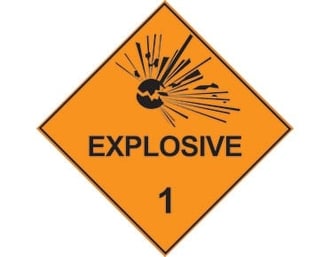
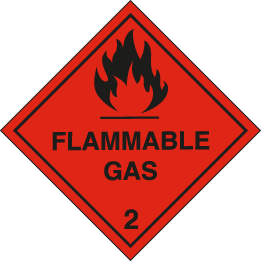
Division 2.2 - Non-Flammable Non-Toxic Gas
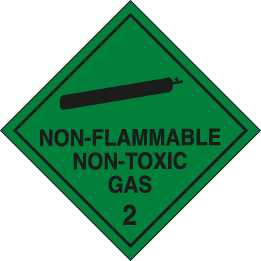
Division 2.3 - Toxic Gas
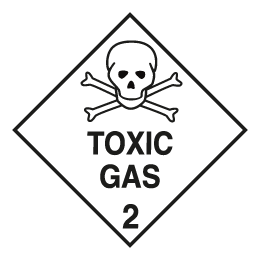
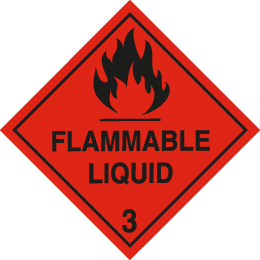
Division 4.1 - Flammable Solids
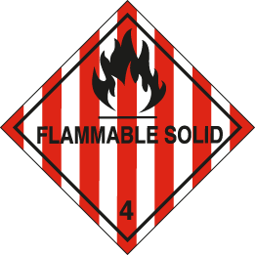
Division 4.2 - Spontaneous Combustibles
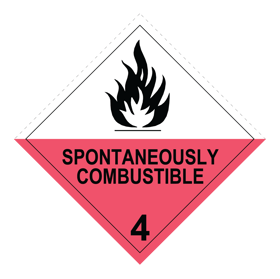
Division 4.3 - Dangerous When Wet
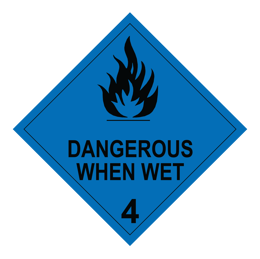
Division 5.1 - Oxidising Agents
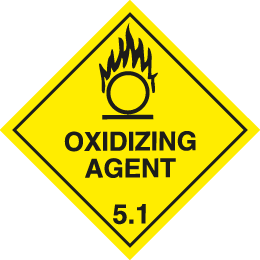
Division 5.2 - Organic Peroxides
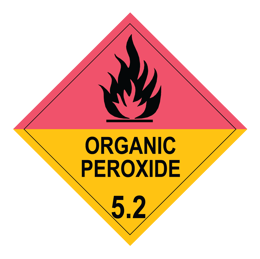
Division - 6.1 - Toxic Substances
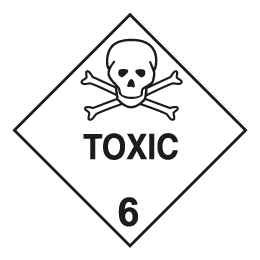
Division 6.2 - Infectious Substances
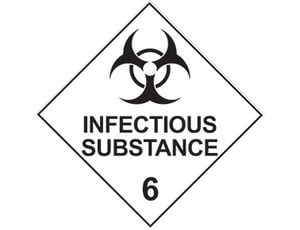
Class 7 - Radioactive Substances
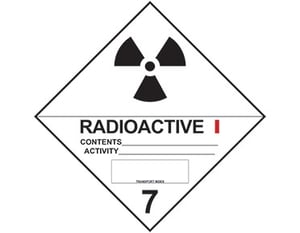
Class 8 - Corrosive Substances
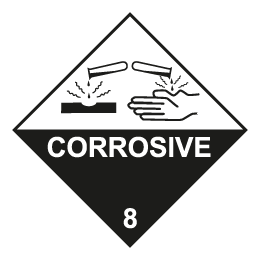
Class 9 - Miscellaneous Dangerous Goods
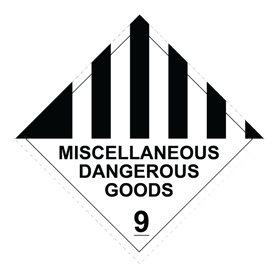
Next Steps
As outlined above, dangerous goods pose significant threats upon the people, property and environment of your organisation. To help reduce the risks that dangerous goods have upon your workplace, it is very important to sign all DG storage facilities correctly. Failure to identify dangerous goods storage facilities with the correct signage could result in workplace incidents that could harm people and property. If you would like more information on 9 different classes of dangerous goods, download our FREE eBook by clicking on the image below.
Joining the team as a Dangerous Goods Storage Consultant, Melissa Hampton became Storemasta's Marketing Manager in late 2021. With extensive knowledge and experience in chemical compliance, Melissa is responsible for leading the Marketing team and helping shape their marketing strategy. In her spare time, you can find Melissa hiking, swimming and enjoying the great outdoors in beautiful north-west Tasmania.
